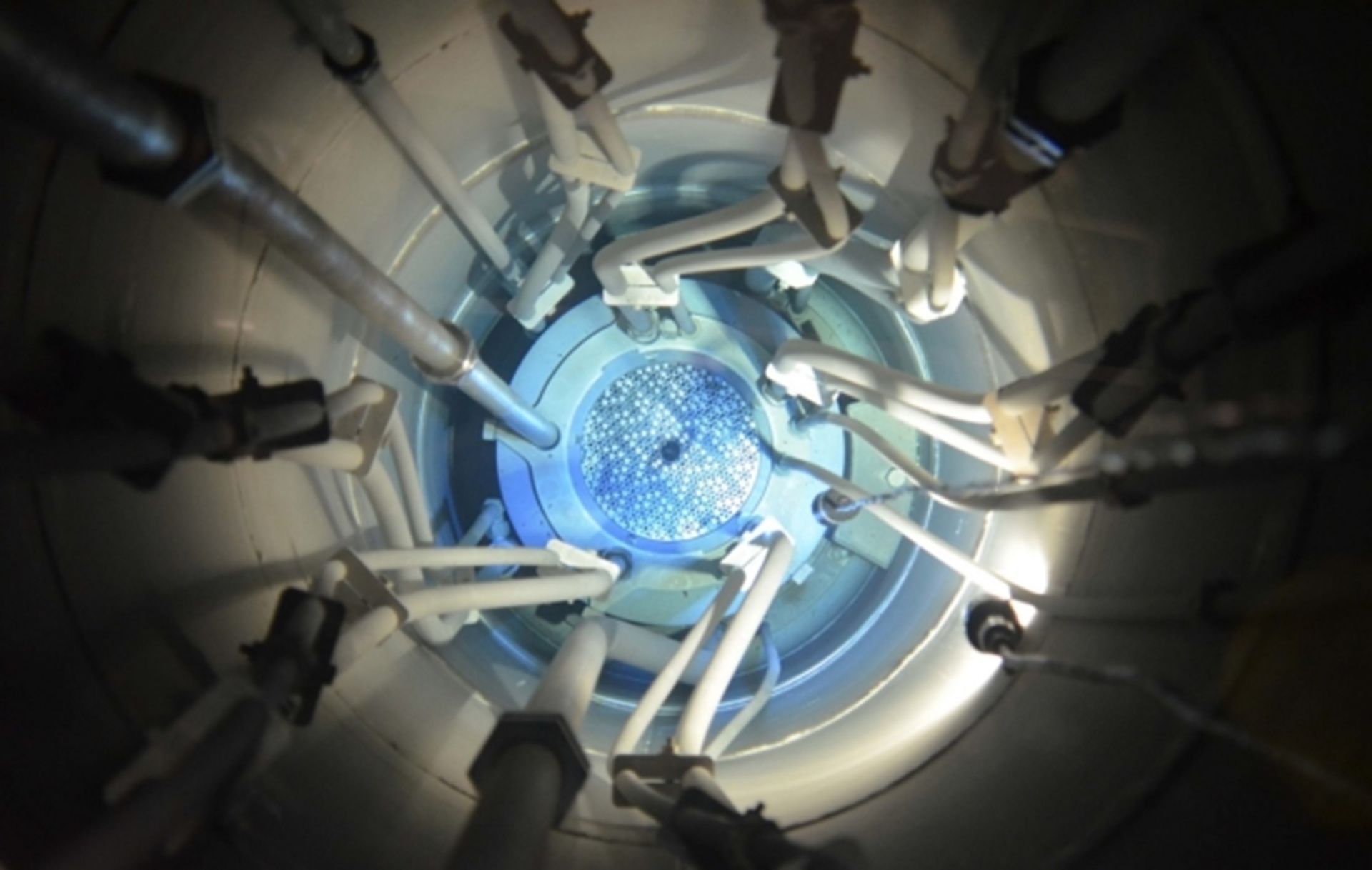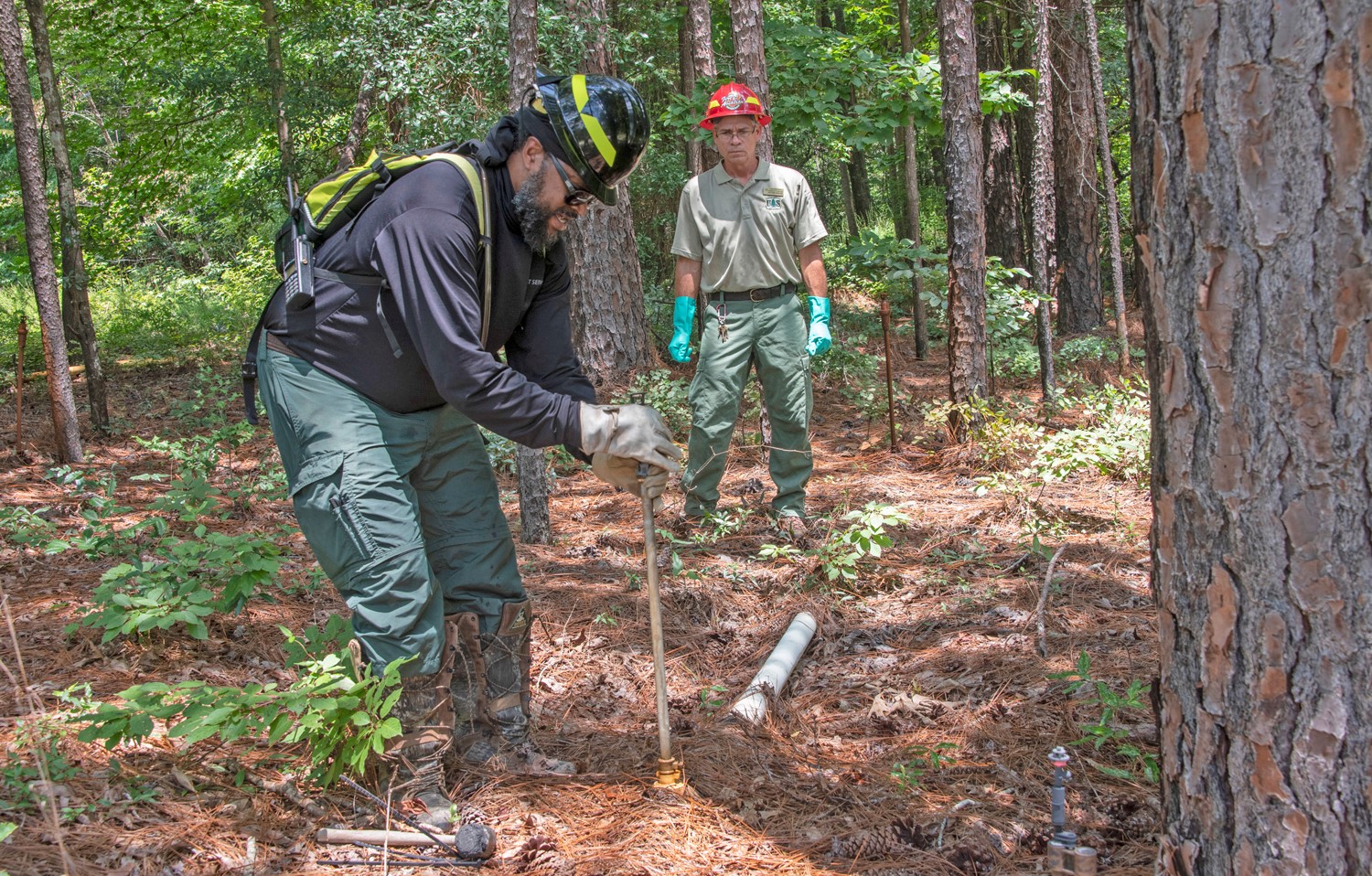The National Center for Supercomputing Facility at the University of Illinois–Urbana-Champaign, supporting integrated PRA computational platforms created by the SoTeRiA lab. (Photo by UI Public Affairs: Stauffer)
Our next-generation leaders must begin to think more creatively, using risk-informed solutions to ensure safe, resilient, sustainable, and socially responsible technological advancements to usher in an era void of technological accidents. Probabilistic risk assessment (PRA) research and education provide nuclear engineering students with the scientific expertise and viable skill sets essential for meeting the growing demand for risk analysts in nuclear energy domains.
The panelists at the September 22 Empowering Women to Succeed webinar. Clockwise from top left: Yeremian, Edwards, Rekola, Kandasamy, Camba Lynn, and Von Ruden.
Six women who shared personal stories and tactics to help others succeed in their careers in the nuclear field hope they have ignited a conversation that will continue far beyond a single webinar.
“Empowering Women to Succeed” was hosted by the American Nuclear Society on September 22, presented by a group of four nuclear organizations—ANS, North American Young Generation in Nuclear (NAYGN), U.S. Women in Nuclear (U.S. WIN), and the Nuclear Energy Institute (NEI)—which have pledged to work together as #AtomicAllies.
Moderated by Rosemary Yeremian, vice president of corporate strategy for X-energy Canada, who recently published a book titled Step Up: The Key to Succeeding in Male-Dominated Businesses, the panel included five other established and emerging nuclear leaders who spoke about their own experiences in the nuclear workforce and the importance of reflection and self-determination.
Yeremian was introduced by Timothy Crook, incoming chair of the ANS Operations and Power Division, who also coordinated the Q&A session that wrapped up the webinar. If you missed it you can watch the recording now, and be sure to check out this Young Members Group Twitter thread.
The core of SLOWPOKE-2. (Photo: CNL)
Canadian Nuclear Laboratories (CNL) announced on September 23 that it had refueled the SLOWPOKE-2 research reactor at the Royal Military College of Canada (RMC) in Kingston, Ontario. The reactor was recommissioned on September 10 after a 22-day outage.
The EU’s Massimo Garribba (left) and the IAEA’s Lydie Evrard met at last week’s 65th IAEA General Conference to extend a 2013 cooperation agreement. (Photo: C./Silva Villareal)
Some of the major achievements of the nuclear safety cooperation agreement between the International Atomic Energy Agency and the European Union (EU) include more than 100 nuclear safety review missions, environmental remediation at former uranium sites in Central Asia, and more effective radioactive waste management in Africa.
Snow covering grounds of the Texas Capitol on February 15, 2021.
To prevent future winter storms from causing the kind of widespread, lethal power outages wrought by February’s frigid blast through Texas and other states, the electric and natural gas industries need to bolster their winterization and cold weather preparedness and coordination, a just-released preliminary report from the Federal Energy Regulatory Commission and North American Electric Reliability Corporation concludes.
The two agencies had announced on February 16 that they planned to open a joint inquiry to identify problems with the performance of the bulk power system during the storm and to offer solutions. A team of FERC and NERC staff members presented the report at a FERC meeting on September 23.
A presentation of the report, February 2021 Cold Weather Grid Operations: Preliminary Findings and Recommendations, is available.
An aerial view of the ETTP site. Photo: Heritage Center, LLC
Back in July, officials from the state of Tennessee and Kairos Power met in Nashville to celebrate Kairos’s plans to construct a low-power demonstration reactor in the East Tennessee Technology Park in Oak Ridge, Tenn. The demonstration facility is a scaled-down version of Kairos’s Fluoride Salt–Cooled High Temperature Reactor (KP-FHR), dubbed Hermes. The company first announced plans in December 2020 to redevelop the ETTP’s former K-33 gaseous diffusion plant site for construction of Hermes.
The U.S. NRC headquarters.
The staff of the Nuclear Regulatory Commission recently released a draft white paper outlining strategies for streamlining microreactor licensing. The paper is to be used to facilitate discussion at an upcoming advanced reactor stakeholder public meeting.
“This paper,” the document emphasizes, “has not been subject to NRC management and legal reviews and approvals, and its contents are subject to change and should not be interpreted as official agency positions.”
U.S. Forest Service employees Secunda Hughes (left) and Andrew Thompson inspect irrigation piping and sprinkler heads, part of a 62-acre pine plantation used to safely disperse tritium at the Savannah River Site.
The Department of Energy’s Office of Environmental Management (EM) is managing the release of tritiated water using a 62-acre plantation of pine trees and other natural resources to limit radioactively contaminated groundwater from reaching waterways on the Savannah River Site in South Carolina.
(Click photo to enlarge) One of 16 AC100M gas centrifuges built by Centrus Energy for HALEU production in Piketon, Ohio. (Photo: Centrus Energy)
For years, pressure has been building for a commercial path to a stable supply of high-assay low-enriched uranium (HALEU)—deemed essential for the deployment of advanced power reactors—but advanced reactor developers and enrichment companies are still watching and waiting. In contrast, the uranium spot price soared after Sprott Physical Uranium Trust, a Canadian investment fund formed in July, began buying up U3O8 supplies, causing the price to increase over 60 percent, topping $50 per pound for the first time since 2012. Fueled by growing acknowledgment that nuclear power is a necessary part of a clean energy future, uranium is the focus of attention from Wall Street to Capitol Hill.
U.S. energy secretary Jennifer Granholm and IAEA director general Rafael Mariano Grossi pose for a photo before their September 21 meeting announcing the next International Ministerial Conference on Nuclear Power in the 21st Century. (Photo: D. Calma/IAEA)
U.S. energy secretary Jennifer Granholm and International Atomic Energy Agency director general Rafael Mariano Grossi met in Vienna yesterday during the agency’s 65th General Conference to launch preparations for the next IAEA International Ministerial Conference on Nuclear Power in the 21st Century, slated for October 26–28, 2022, in Washington, D.C.
During a fluorescence spectroscopy experiment at LLNL, the protein lanmodulin makes radioactive curium glow when exposed to UV light in the sample to the right. The schematic (left) represents the structure of the curium-protein complex, with three curium atoms bound per molecule of protein. (Photo: LLNL)
Scientists at Lawrence Livermore National Laboratory, working in collaboration with researchers at Penn State University and Harvard Medical School, have discovered a new mechanism by which radionuclides could spread in the environment.
The research, which has implications for nuclear waste management and environmental chemistry, was published in the Journal of the American Chemical Society on September 20.


-3 2x1.jpg)










 and Andrew Thompson.jpg)




